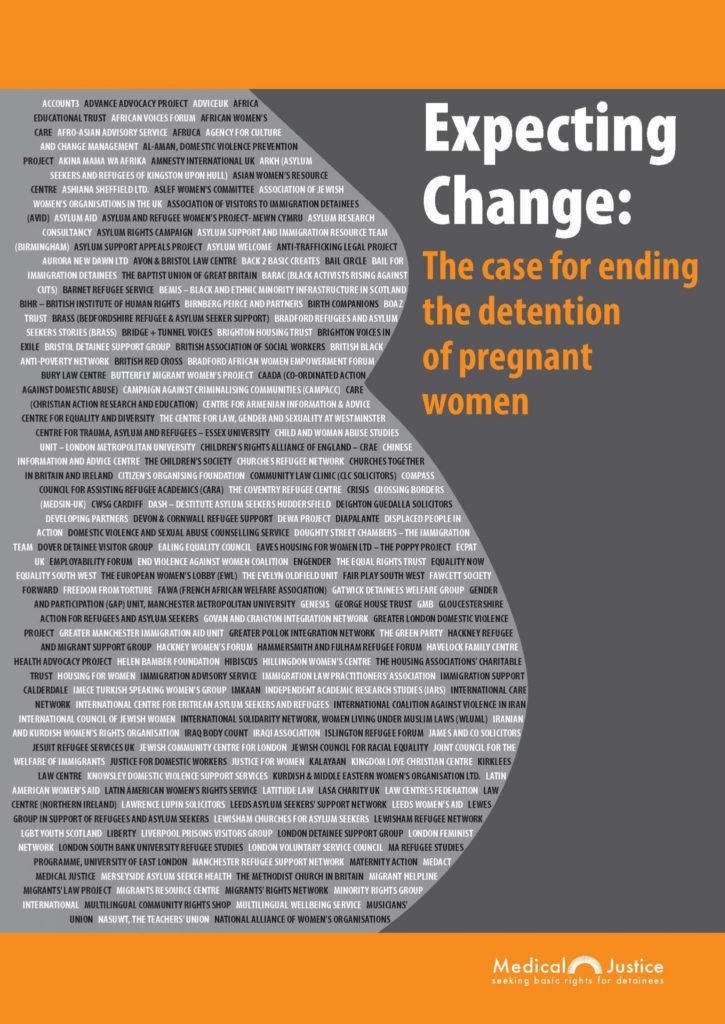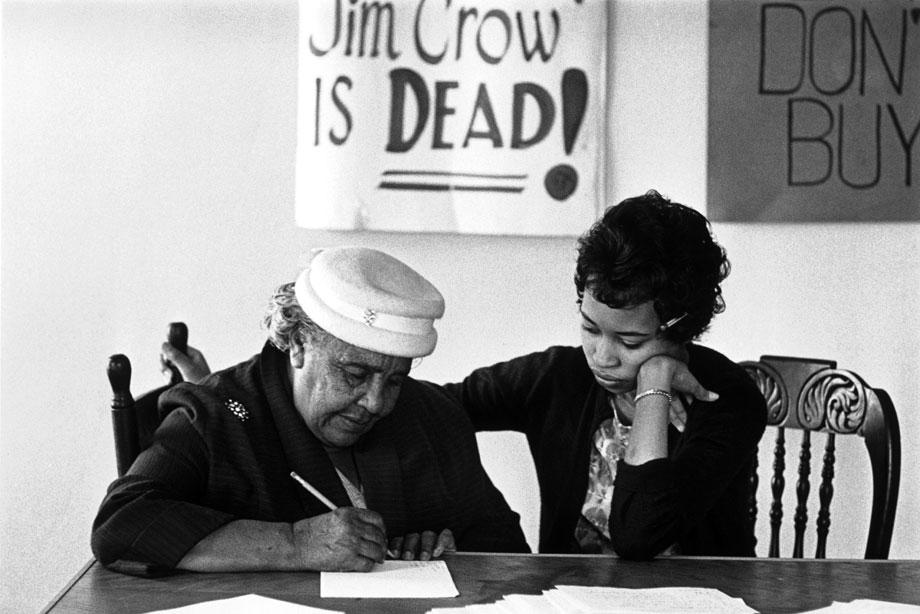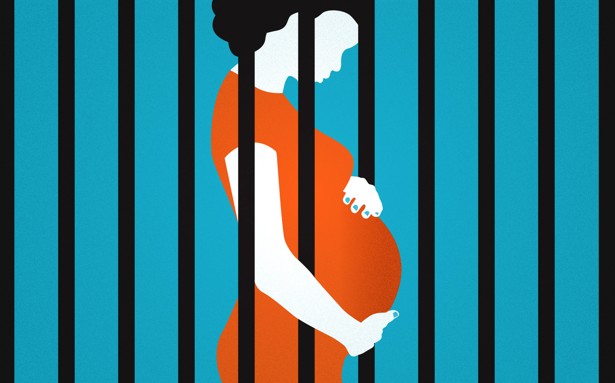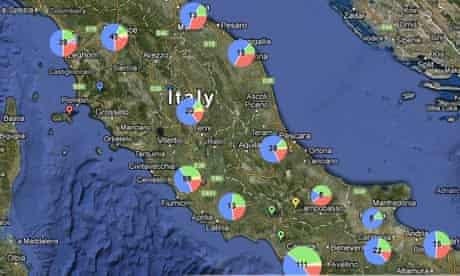
A report entitled Expecting Change: the case for ending the immigration detention of pregnant women was released today. It describes the nightmare that is Yarl’s Wood. The report bristles in its portrait of a system built of violence, planned inefficiencies and incompetence, and general disregard for women. You should read this report.
At the same time, a question haunts the report. So much of it is commonsensical that one feels compelled to wonder about the groundwork and horizons of social justice research. Here’s an example: “Asylum seeking women have poorer maternity outcomes than the general population. Many women in the sample were victims of rape, torture and trafficking.” The vast majority of women asylum seekers are fleeing sexual and other forms of violence, and so it comes as no surprise that they have poorer maternity outcomes than the general population. They also have poorer health outcomes generally, including mental and emotional health. They are asylum seekers.
On the one hand, we could discuss `the system’. We could talk about the planning that goes into systematically “failing to recognize” and “failing to appreciate” the particularities of women prisoners’ lives and situations. We could talk about the political economy of that planned failure, about who benefits and howbut we’ve done that already.
Instead, let’s imagine. Imagine what we could be researching and developing if we weren’t constantly working to undo over three decades of intensive, systematic and, for a very few, profitable mass incarceration.
Here’s where we are today. We have to conduct a multi-year study to prove that pregnant women asylum seekers shouldn’t be in prison.
We have to conduct other studies to prove that prison is an inappropriate place for children seeking asylum. We have to conduct another series of studies to suggest that maybe prison isn’t the best place for children, and that adult prison might be an even worse option. We need another multi-year study to `prove’ that sexual violence against children in juvenile prisons is epidemic. We need that same study to `demonstrate’ that the majority of acts of violence against those children, our children, were perpetrated by adult staff members.
We need another study to prove that the reason that self-harm and hunger strikes are so common, so everyday, in immigrant prisons is that the conditions are inhuman and dire. Prisoners have given up hope as they refuse to give up hope. We need many studies to demonstrate adequately that LGBT immigrants suffer inordinately in immigration prisons, and we need many more studies to demonstrate that the same is true for immigrants who live with disabilities. And then of course we’ll need more studies to prove that immigrant prisoners living with HIV have a tough time behind bars. We’ll need studies to prove that the prisons for immigrants and migrants and asylum seekers are extraordinarily cruel, and then we’ll need other studies to prove that the cruelty of those prisons is actually quite normal, and quite like the cruelty of all the other prisons.
We’ll need studies to prove that immigration prisons embody the architecture of xenophobia, and we’ll need other studies to prove that the asylum system is “flawed”. We’ll need other studies to understand that the xenophobia and the flaws are gendered. And then we’ll need meta-studies that will analyze the curious phenomenon of the complete lack of improvement. These studies will note, with compassion, that after decades of detailed research, the prisons are still hell.
I am grateful for the work scholars have performed. It’s often impossible work, and yet individuals and groups, such as those at Medical Justice who produced today’s study, do that work, and do it with grace. At the same time, imagine. Imagine what we could be researching and learning if we weren’t still drowning in our own Hundred Years’ War of Mass Incarceration. Imagine.
(Image Credit: Medical Justice)







